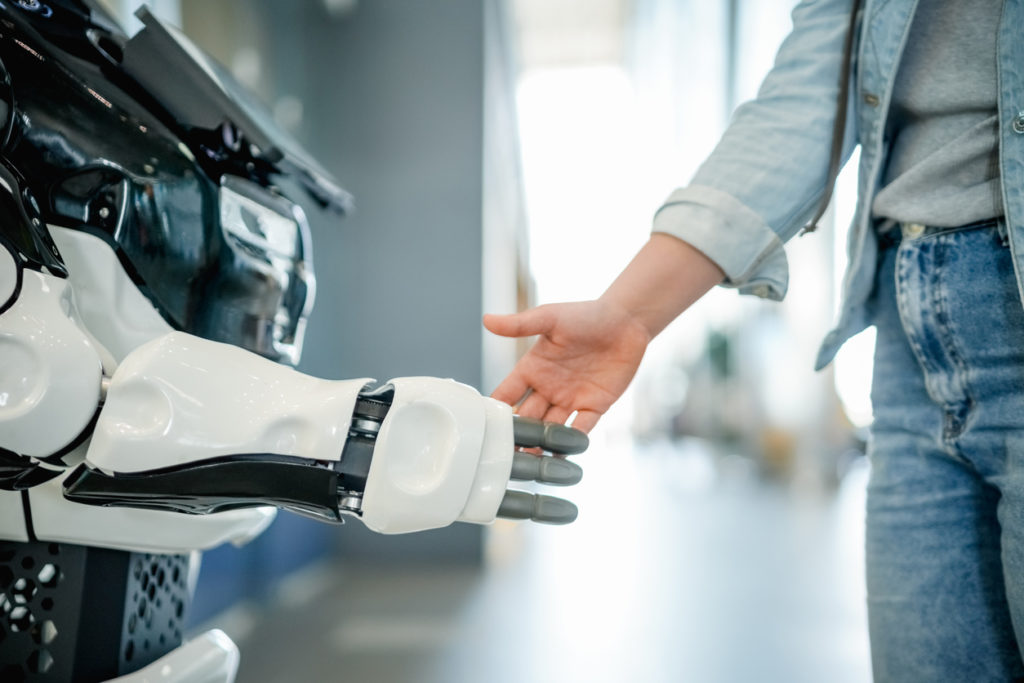By Colin Crowley, CX Advisor at Freshworks
Over the past few years, the steady growth in digital channels and an astounding burst in e-commerce have altered customer expectations in numerous ways. A recent study by Freshworks found that 80% of respondents want quicker responses from businesses, and with only 14% of customers expecting that they’ll be ‘wowed’ by the customer service they receive, there’s plenty of room for improvement for businesses to excel and delight customers.
One route brands are taking to increase customer satisfaction is implementing chatbots. AI chatbots have the ability to improve productivity of customer-facing teams, increase customer satisfaction through speed-of-service and reduce the workload on customer service teams that is caused by live chat. In an age where customers expect instant answers and quick-fixes, chatbots can take the lead, enabling staff to focus on the more complex client queries or concerns.
According to recent research by Freshworks, even adding just 100 extra tickets per month for each agent has been found to result in a drop in customer satisfaction scores by 1% as agents are stretched too thin, leaving them with less time to listen and understand the needs of their customers. Chatbots reduce this burden on agents by addressing and resolving common customer queries through FAQs and automated responses powered by AI and ML, liberating agents of the mundane, repetitive queries. Additionally, aside from limiting agent workload, chatbots can ask questions and better triage issues so the right agents receive queries they are most adept to handle.
A healthcare customer, for example, has been able to reduce resolution times from days to seconds across thousands of clients simply by automating the process of their most frequent customer queries, such as appointment scheduling, rescheduling and cancelling appointments. Chatbots are a great solution in scenarios like this where there is very little value that can be added through human interaction and the results are exactly the same, just that extra bit faster.
However, despite all the perks of chatbots, it’s important to recognize that they are only part of the solution to customer satisfaction, and not the be all and end all. In fact, chatbots perform most effectively when they’re working to accompany and supplement human customer service teams, rather than replace them all together. Too often, companies are using chatbots as a way to block customers from reaching a human customer service agent, sending them in spirals of unrelated FAQs and unhelpful responses which can frustrate the customer and damage brand loyalty. This is not how chatbots should be used to improve customer experience. Why? Because some scenarios require that human touch.
For these more nuanced or complex customer service enquiries, chatbots don’t quite cut it. This isn’t because chatbots aren’t smart, they’re improving constantly and becoming increasingly intelligent thanks to AI and ML which means they can provide a more personalized customer experience than ever. But there’s only so far programming can go – unlike humans, chatbots will have inherent limitations when it comes to responding empathetically to customers based on emotional queues.
By relying excessively on chatbots, companies are viewing customer service by the metric of ticket resolution statistics alone, not by the true value that can be extracted from great customer service: delighted customers and increased brand loyalty.
While chatbots have helped improve CSAT scores and keep customers happy, a recent report by Freshworks revealed that while customers value efficient responses, they also, unsurprisingly, value effective responses. Indeed, the report shows that customers don’t mind waiting longer if it means receiving good customer service. It’s imperative that chatbots aren’t used to deflect, shield or prevent access to human customer service assistants but that they work as a supplement to customer service teams to support customers in receiving the right support, whether that’s self-service or reaching a human agent.
The nature of a company’s customer service team speaks volumes about how much the company values their customers. I’m sure we’ve all been in the situation where we’ve hit a brick wall with a chatbot and are left with no other option but to end the chat and sit with our unresolved dissatisfaction. Some companies have taken it further by removing their contact details entirely, leaving customers totally in the dark. But companies needn’t worry that the availability of human service agents will mean customers escalate their concerns needlessly to avoid chatbots, or will become over-reliant on customer service staff, quite the opposite. Customers want quick and easy solutions too and in 81% of cases customers will choose the self-service option in the first instance and the majority will find the solutions they’re looking for.
Chatbots are an incredible resource for companies. However, in order for chatbots to be successful, they need to be used properly and responsibly too, not to replace human customer service agents, but rather, to support them in doing their job. Chatbots are getting increasingly advanced and less easily distinguishable from humans but when it comes down to really adding value, delighting the customer and building satisfaction and brand loyalty, humans still have the edge over their cloud-based colleagues, so finding the right balance is crucial to customer service success.










